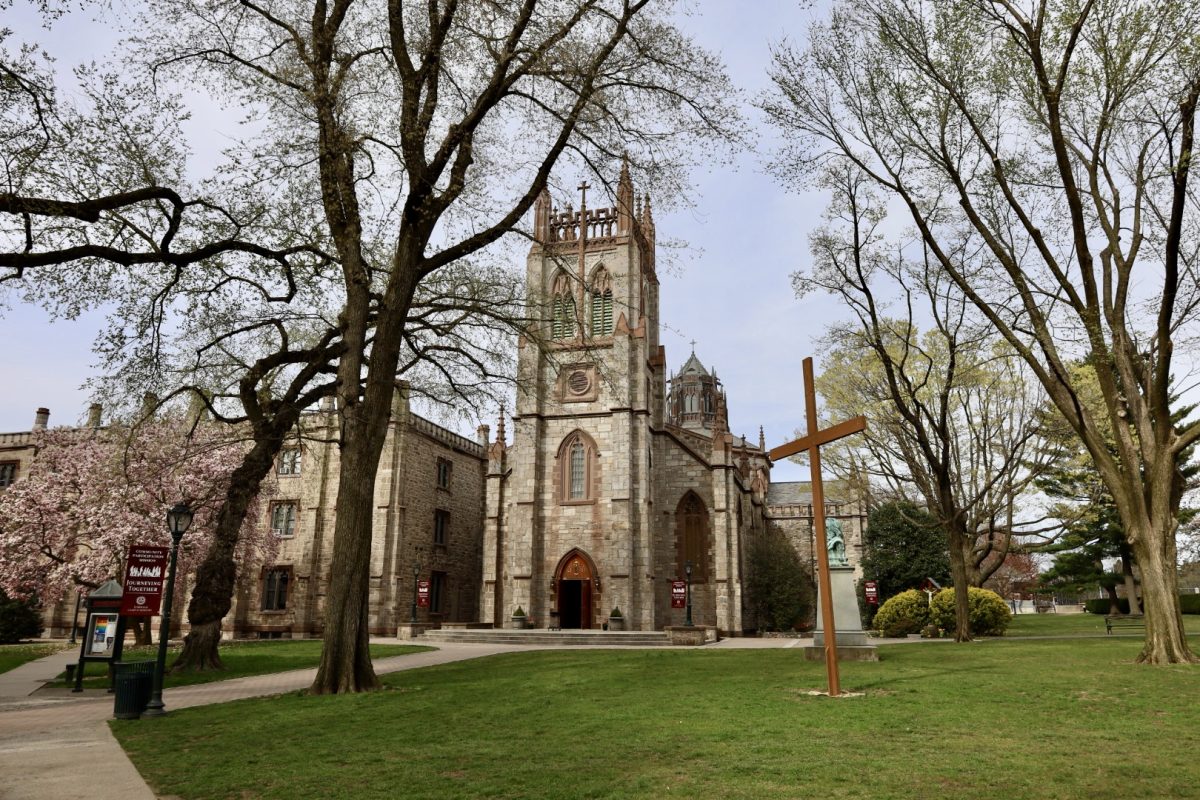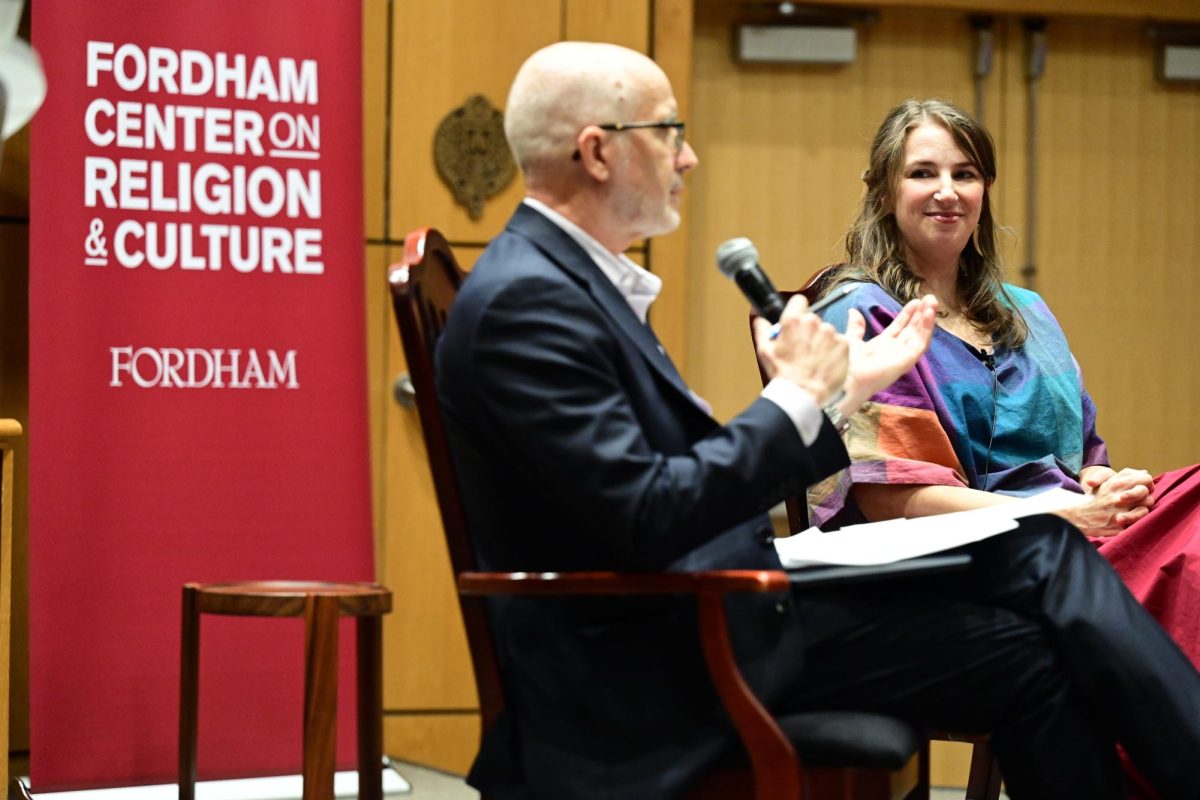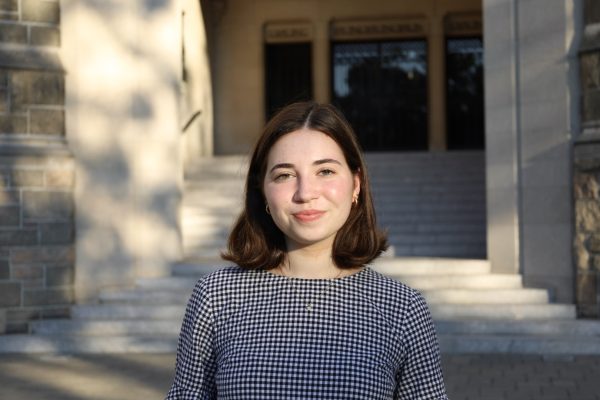On Sept. 7, The New York Times published the College-Access Index, a list of 286 of the country’s most selective universities, public and private, ranked in order of economic diversity. Fordham is ranked 117, tied with 15 other universities including comparable institutions such as Marquette University and Trinity University.
The economic diversity of each university was measured by analyzing the share of students receiving a Pell Grant, which generally go to students from the lower half of the income distribution. The goal of the grant is to give lower-middle-class to low-class students the opportunity to attend college. According to Brian Ghanoo, associate vice president for the Office of Student Financial Services, approximately 2,200 students receive a Pell Grant at Fordham.
According to 2015 data from Opportunity Insights, 5% of Fordham students came from families earning in the bottom 20% of family incomes while 49% came from families earning in the top 10%. Boston College, a Jesuit University of comparable-value, only had 2% of students from the bottom 20% while 63% of students came from families earning in the top 10%, a larger percentage than Fordham students. The percentage of first-year Fordham students who received a Pell Grant for the 2020-21 academic year is 21%, a 2 percentage point change from 2011. In comparison, only 12% of Boston College students received a Pell Grant.
“I think Fordham does have students from lots of different economic backgrounds, but I don’t think there is a very proportional mix of those backgrounds,” said Jackie Kobeski, FCRH ’24.
“From what I have seen, I feel that the majority of the students at Fordham come from high-income families, and there is not an equal representation of various economic backgrounds,” said Mary Alice Schuck, FCRH ’25.
Some students chose to attend the university because Fordham offered them a more substantial financial aid package than other institutions. 96% of first-year students received financial aid.
“I did decide on Fordham because I received a significant scholarship. It was especially important to my decision because I began college in 2020 and my dad’s firm had shut down, leaving my family in a more difficult financial situation than expected,” said Kobeski.
Similarly, Schuck chose Fordham because of the financial aid she received. “Part of the reason I came to Fordham was because of its financial aid, but other schools were able to offer me more financial compensation. Despite this, the assistance Fordham offered still played a role in my decision between schools. Additionally, the other schools that I applied to were mainly Jesuit and were similar in standings to Fordham,” said Schuck.
When compared to older and more prestigious universities, Fordham’s endowment per student is modest. A university is considered highly endowed if its endowment per student is at least $1 million, which is the case at Harvard University, Yale University, Wellesley College and dozens of other universities included in the New York Times’ ranking. Fordham’s endowment per student is $99,000. Additionally, interest earned from the endowment supports the whole university, not just financial aid. Undergraduate students complete the Free Application for Federal Student Aid (FAFSA) form and the CSS Profile in their first year at Fordham in order to qualify for financial aid.
“The Office of Student Financial Services will perform a holistic review of these applications. This evaluation, in combination with the holistic review of the student’s admission application, is used to create a financial aid offer that factors both the student’s financial need and academic achievements. Every student, and every student’s financial situation, is different, so we don’t have a one-size-fits-all approach,” said Ghanoo.
Last spring, the university faced retaliation from students and their families after the Office of the President announced that there will be a 6% increase in tuition and room-and-board fees for the 2023-24 academic year. Following the announcement, President Tetlow said that the budget for financial aid will be increased by $10 million. Ghanoo confirmed that the class of 2027’s financial aid packages were increased to mirror the tuition increase.
“Fordham could improve greatly with the way in which they evaluate need-based scholarships, but I do feel as if merit-based scholarships have been offered a good amount. While talking with my peers, it seems that the majority of us are receiving some type of aid, but in minimal amounts compared to tuition costs,” said Schuck.
Despite an increase in tuition and an uptick in undergraduate enrollment, the university has continued to enroll low-income students.
“While we have increased the number of low-income students enrolled, we have also increased the overall number of students enrolled over the last 10 years. Fordham has consistently averaged between 19-20% of low-income students (Pell eligible) over the last 10 years,” said Ghanoo.









































































































































































































